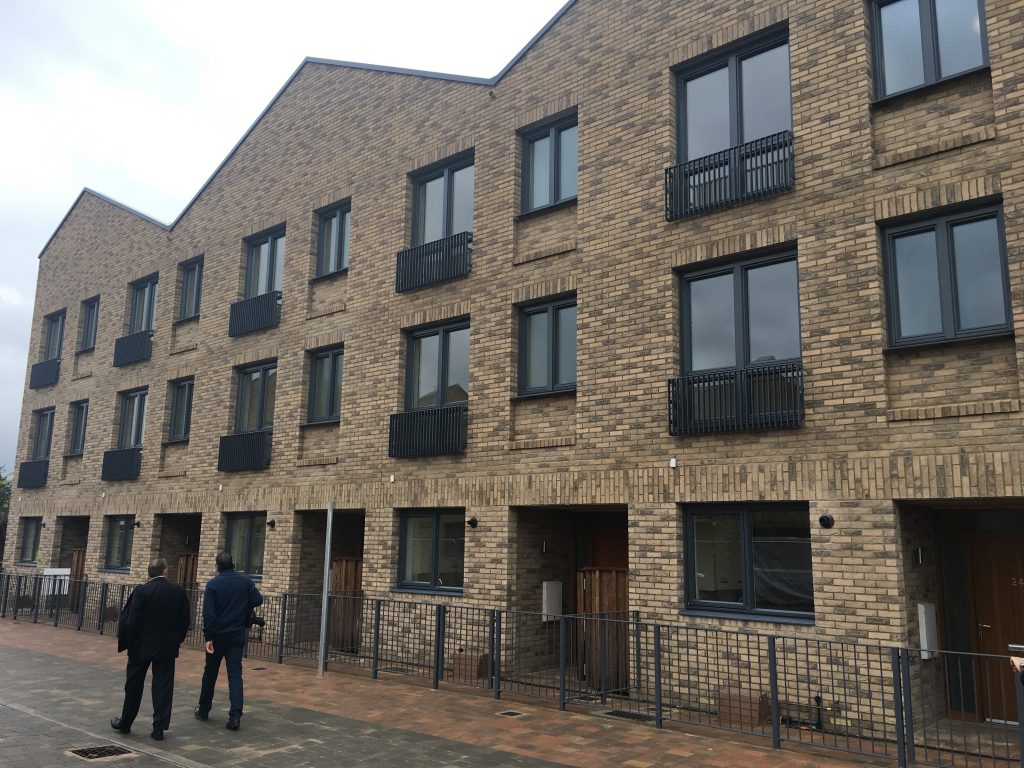Those running the place might not welcome the reminder, but not so long ago Barking and Dagenham had a significant British National Party presence on its council and the possibility of the BNP’s then leader, Nick Griffin, becoming MP for Barking was taken seriously. In the end, Griffin was resoundingly seen off by Labour’s Margaret Hodge in the 2010 general election and Labour won a clean sweep of council seats on the same day. Lewis Baston has reminded me in the course of our research for the forthcoming On London 2018 borough elections guide that it was the first Labour whitewash in Barking and Dagenham’s history.
Labour repeated that feat four years ago. But there is still a strand of what we might call nationalist populism in the borough, reflected in its 62.4% Leave vote in the EU Referendum. Current council leader Darren Rodwell walks a wise and careful line between acknowledging such leanings among local residents and pursuing ambitious policies for developing the borough both physically and culturally. He makes appeals to what he calls an “aspirational working-class” while also emphasising the strength of his local roots, keeping a watchful eye on his UKIP flank and promoting some of the more innovative housing and development policies in Greater London. And he’s not shy of wooing international private capital.
In a couple of weeks Rodwell will be travelling to Cannes to be at MIPIM, the global property trade fair, along with representatives of many other London boroughs. Investors can expect to be shown this video, promoting its regeneration company, Be First, set up in November 2016.
MIPIM is, of course, a popular target for protest. London boroughs that attend its events, whether in the South of France or London itself, have sometimes found themselves accused of lavish junketing at taxpayers’ expense and colluding with capitalism at its most destructive and voracious.
The defence against such charges is that if boroughs want to build things – housing, offices, cultural facilities – they need to bring finance and land together. In Barking and Dagenham’s case, developable land is plentiful and, compared with the rest of London, cheap. And if the borough is to secure finance to go with it, MIPIM is a good place to go looking for it. Alternatively, you can let some other borough have it.
That might not a choice everyone is happy with, but if you’re running a piece of London it’s one you might not be in a position to reject – not unless, perhaps like many of those once drawn to the BNP, you are content with leaving things much as they are. Rodwell is not that way inclined. “As I see it, people deserve better than this,” he remarked to me in December 2016 as we drove past one housing estate built half a century ago. Rodwell had been the council’s leader for two-and-a-half years. “I don’t class myself as a politician,” he said. “I class myself as a community champion. The job of the council is to facilitate where the community wants to go and then get the investment in, whether it be public or private”.
Barking and Dagenham is not London’s most fashionable borough or one of its most widely reported. But if you want to understand how London is evolving at its eastern frontier, there is no more instructive place from which to learn.
On London strives to provide fair and informed journalism about London’s politics, development and culture. It needs your help to keep going and growing. Please donate what you can to the crowdfunding campaign, which ends at 8.22 am on 8 March 2018. Sprint finish required! Thank you.

